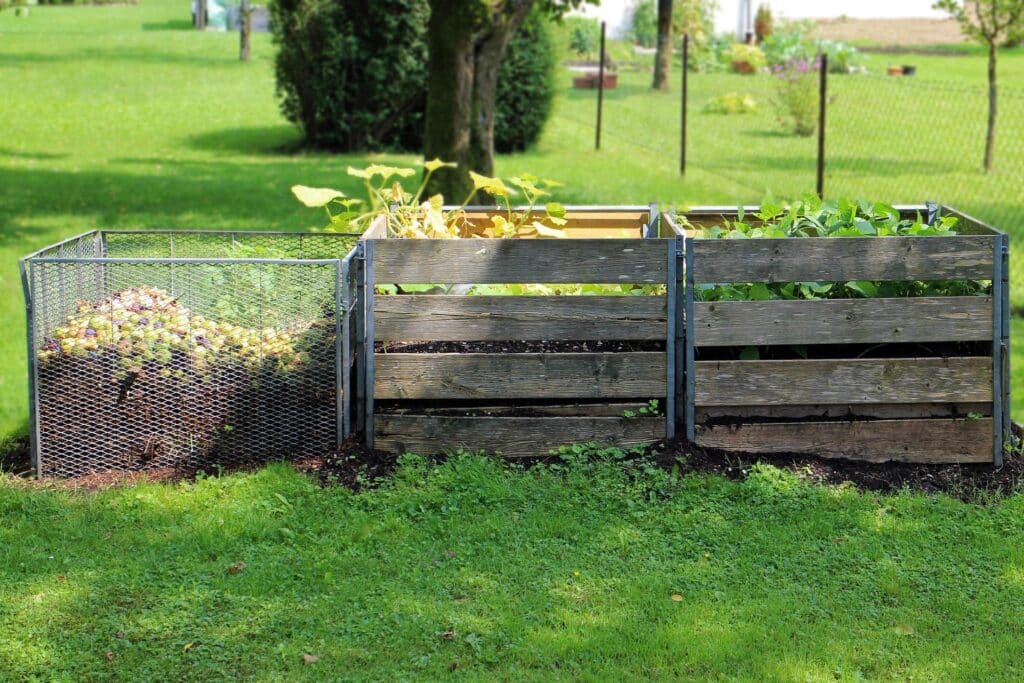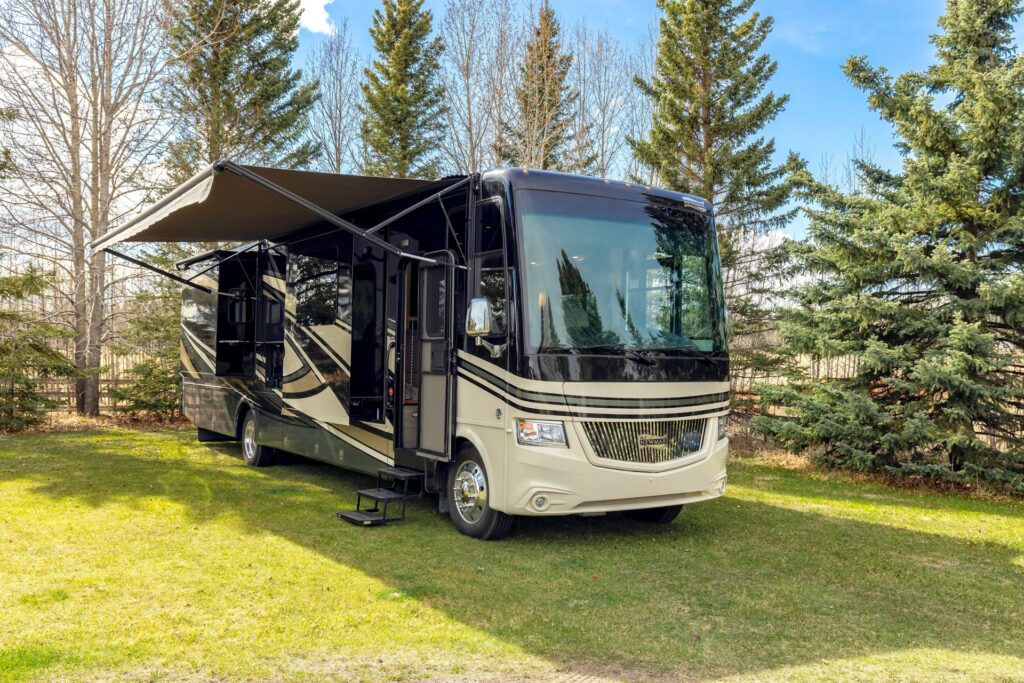Discovering Norway rat burrows in your lawn represents a serious pest problem that requires immediate attention due to the significant health risks and property damage these large rodents can cause. Norway rats are prolific burrowers that create extensive underground tunnel systems in yards, gardens, and landscaped areas where they establish colonies and reproduce rapidly. Unlike casual rodent visitors, burrowing rats indicate established populations that will continue expanding unless professionally addressed.
What are Norway rats?
Norway rats (Rattus norvegicus), also called brown rats or sewer rats, are large rodents measuring 7-10 inches in body length with thick, heavy bodies and relatively short tails compared to their body size. Despite their name, these rats originated in Asia but have spread worldwide through human commerce and are now among the most successful urban and suburban pests globally.
These adaptable rodents are excellent burrowers that prefer ground-level environments where they excavate extensive tunnel systems for nesting and food storage. Norway rats are omnivorous scavengers that feed on virtually anything including garbage, pet food, birdseed, fruits, vegetables, and even small animals when available.
Norway rat colonies are highly social with complex hierarchies and can contain dozens of individuals in interconnected burrow systems. Females produce 4-7 litters annually with 6-12 offspring per litter, allowing populations to grow exponentially under favorable conditions. Their reproductive success and adaptability make them persistent problems once they establish territories.
What do Norway rat burrows look like?
Norway rat burrows appear as round holes approximately 2-4 inches in diameter with smooth, worn edges from repeated use. Fresh burrows often have loose soil piled around the entrance, while established burrows may have packed earth and well-defined pathways leading to and from the opening. Multiple entrance holes typically indicate extensive underground tunnel systems rather than simple nests.
Burrow locations are strategically chosen near food sources, water, and shelter, commonly found along building foundations, under decks, in garden areas, near compost piles, and around outdoor storage areas. The tunnels themselves can extend 12-18 inches underground and stretch several feet horizontally, creating complex networks that may undermine landscaping and even structural foundations.
Active burrows show signs of recent use including fresh tracks, droppings near entrances, worn pathways in surrounding vegetation, and oil stains from rat fur around hole edges. Abandoned burrows may have spider webs across openings or vegetation growing into the entrance, though rats may reoccupy old burrows if conditions become favorable again.
Are Norway rats dangerous?
Yes, Norway rats are extremely dangerous to human health and safety due to their ability to transmit numerous serious diseases through bites, scratches, urine, feces, and parasites they carry. They’re vectors for over 35 diseases including leptospirosis, hantavirus, salmonella, plague, and rat-bite fever, many of which can cause severe illness or death in humans.
Norway rats contaminate food sources and surfaces through direct contact and waste deposits, creating ongoing health risks even when rats aren’t directly encountered. Their urine and feces contain pathogens that become airborne when dried, potentially causing respiratory infections when inhaled during cleaning or outdoor activities.
These rats carry numerous parasites including fleas, mites, and ticks that can transmit additional diseases to humans and pets. Historically, rat fleas were responsible for bubonic plague outbreaks, and modern rat-associated diseases continue to cause thousands of hospitalizations annually.
Beyond disease transmission, Norway rats cause significant property damage through their gnawing behavior, which can damage electrical wiring and create fire hazards. Their burrowing can undermine foundations, sidewalks, and landscaping, while their feeding habits destroy stored food, gardens, and agricultural crops.
What are signs of a Norway rat infestation?
Norway rat infestations create multiple visible signs that indicate established populations requiring immediate professional intervention:
- Multiple burrow holes: You might discover 2-4 inch diameter holes with smooth edges and fresh soil deposits around building foundations, gardens, and outdoor storage areas.
- Worn pathways and runways: It’s common to notice flattened vegetation trails and oil stains along fences, walls, and structures where rats travel repeatedly between burrows and food sources.
- Large droppings: You’ll often find dark, capsule-shaped droppings measuring 1/2 to 3/4 inch long near food sources, along travel routes, and around burrow entrances.
- Gnaw damage evidence: You might observe chewed materials including wood, plastic, and food packaging, along with gnaw marks on structures and outdoor equipment.
- Sounds and sightings: You can often hear scratching, squeaking, or movement sounds at night, or spot large rats during evening hours when they’re most active foraging.
When to call a professional
When dealing with Norway rat burrow problems that are affecting your property’s safety and creating serious health risks, professional pest control services offer the most effective and comprehensive solutions. At Aptive, our pest control experts can assess the extent of your Norway rat infestation and identify the specific burrow locations and entry points on your property, which is crucial for determining the most appropriate elimination methods since these dangerous rodents require specialized techniques due to their disease-carrying capabilities and extensive tunnel systems.
If you’ve discovered Norway rat burrows around your property or are dealing with signs of rat activity that pose health risks to your family, don’t wait for help with rodent control—contact Aptive today for a free quote.
FAQs about Norway rat burrows
Here are some commonly-asked questions about Norway rats and their burrows by homeowners.
Q: Can I get rid of Norway rat burrows on my own?
While you can attempt DIY rat control, it’s strongly discouraged due to serious health risks from disease exposure during burrow disturbance. Norway rats carry dangerous pathogens that become airborne when their nests and tunnels are disturbed, potentially causing respiratory infections and other illnesses. Professional pest control technicians have protective equipment and training to safely handle rat removal while minimizing health risks.
Q: Should I worry about children and pets near Norway rat burrows?
Yes, you should keep children and pets away from Norway rat burrows immediately due to serious health risks. Norway rats transmit over 35 diseases through urine, feces, bites, and parasites that can cause severe illness or death. Children are particularly vulnerable because they’re more likely to touch contaminated soil and put hands in mouths. Pets can contract diseases through direct contact or by eating infected rats.
Q: How do Norway rat burrows ruin my lawn?
Norway rat burrows damage lawns through extensive underground tunnel systems that can span several feet and reach 18 inches deep, creating unstable ground that causes surface collapse and uneven terrain. The excavated soil creates unsightly mounds around entrance holes, while the tunnels themselves can kill grass roots by disrupting water and nutrient flow. Multiple burrow entrances create numerous bare spots and holes throughout the lawn.









